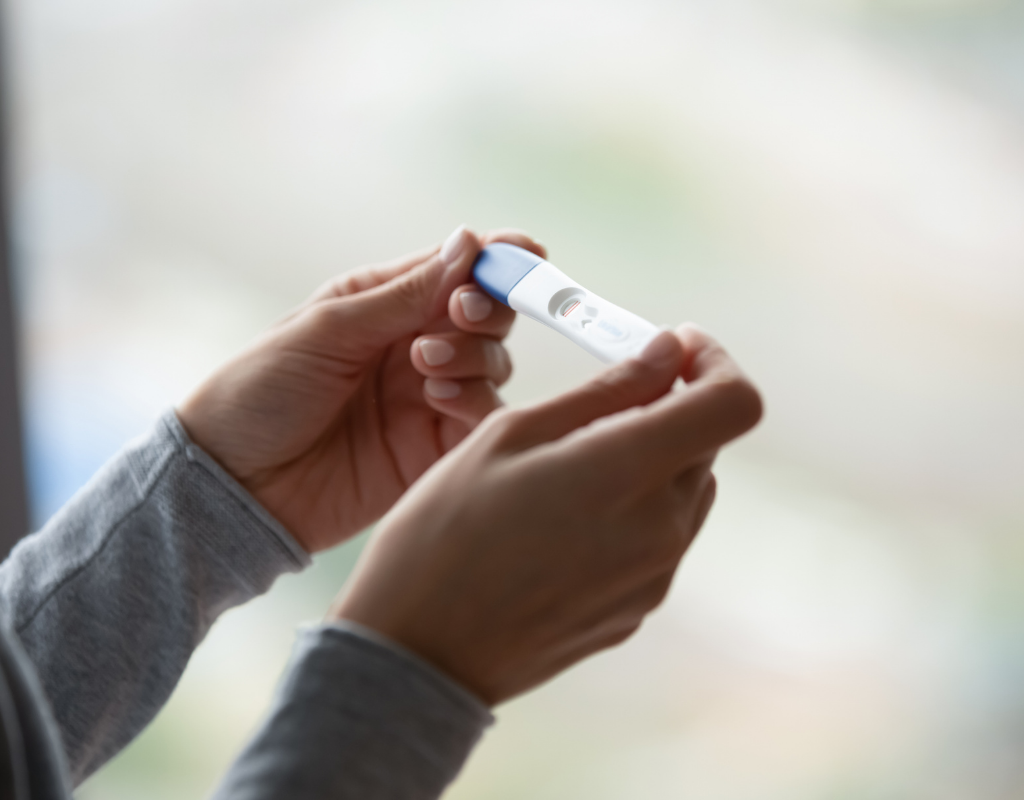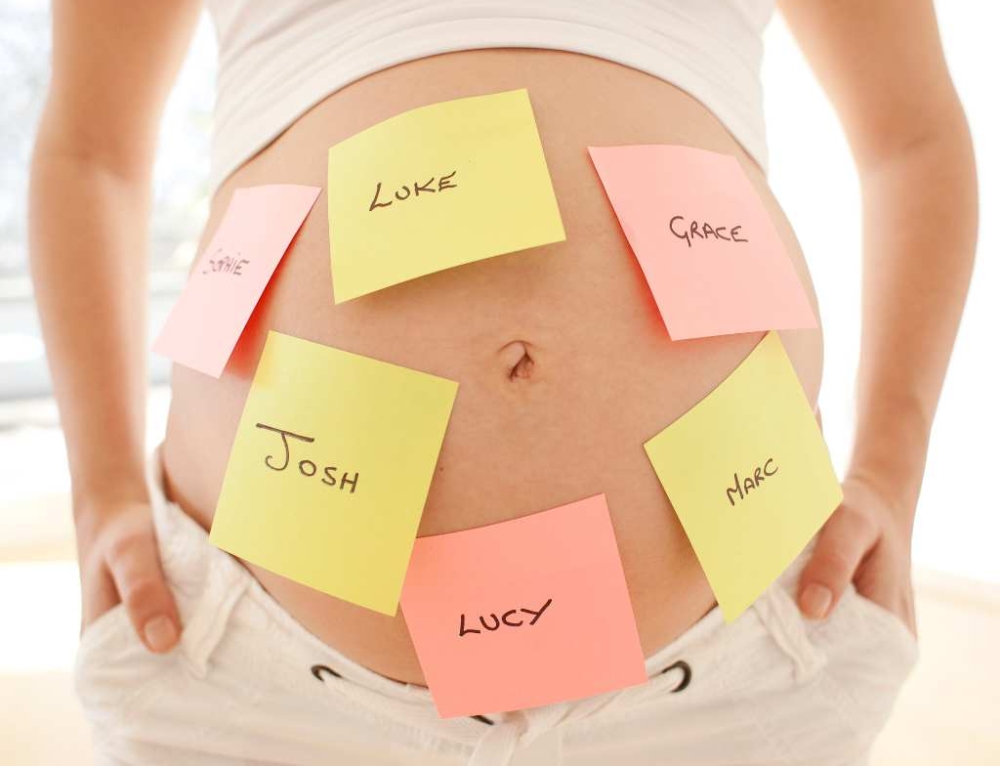Ovulation Prediction Kits (OPK) are readily available in a range of stores and are designed to help you predict when you are going to ovulate and therefore when you are fertile.
Join us as we take a look at the two types of OPK’s available, how they work, and how much value they will add to your journey to conception.
Saliva ovulation tests
Saliva test works on the basis that oestrogen levels rise in a woman’s body during the days leading up to her releasing an egg (or ovulation).
This ‘fertile phase’ may be detected by looking at changes in a small sample of a woman’s saliva each day. The saliva is placed on a glass slide and after a short wait (until it dries) it is examined under a microscope. The increased oestrogen hormone in the body causes a woman’s saliva to contain more salt. This ‘salty’ saliva crystallizes on the glass slide to form ‘fern-like’ patterns that can be seen under the microscope. These fern-like patterns can usually be seen in the saliva about 2 to 4 days before ovulation and are thought to be about 90% accurate.
When purchasing a saliva kit, you are provided with a small portable microscope, multiple glass slides and picture examples of what to look for as well as instructions on how to use the kit. Saliva kits tend to involve an expensive initial outlay, but are reusable over several months.
Urine ovulation tests
Urine ovulation detection kits work by detecting an increased ‘surge’ of a hormone called ‘lutenising hormone’ (or LH). Lutenising hormone is released into the woman’s blood stream from her pituitary gland in her brain, about 20 to 44 hours (on average 30 hours) before she releases an egg (or ovulates). Low levels of LH are always present in a woman’s urine, but the amount increases dramatically to ‘trigger’ the release of an egg. It takes around 8 to 12 hours for the increased LH in the woman’s blood to filter through to her urine, to a level that can be detected by the test. The urine test usually predicts that ovulation will occur about 24 hours later.
There are many brands of ovulation urine tests available. They tend to be very expensive and are disposable (used ‘once only’). Kits may contain 5 to 9 days worth of tests. Each manufacturer will recommend what day in the menstrual cycle you should start to use the tests. For example, if you have a 28 day cycle, it is common to be recommended to start testing on about day 11 or 12 and continue daily for about 5 to 6 days (or until the LH surge is detected).
However, if your cycle is irregular, or longer or shorter than 28 days, your ovulation date may range anywhere between days 10 and 26 days of the cycle. This means you may need to test for 10 to 12 days (or more), requiring you to purchase 2 kits each month (which can be very expensive). Because many women are uncertain of their cycle lengths, most caregivers and pharmacists will tend to recommend charting 2 menstrual cycles before using urine tests, so you have a better idea of when to start testing.
Urine tests are thought to be about 90% effective. It is very important that you follow the manufacturer’s directions to the letter otherwise the tests may not work.
Other reasons that urine tests may not be accurate are:
- The urine sample is too concentrated or not concentrated enough. If the first urine sample in the morning is taken, it may be too concentrated, making the small amounts of LH that naturally occurs in the body show a ‘false-positive’ result (meaning that it is indicating you are having an LH surge but you really are not). However, if your urine is too diluted because you have been drinking excessive fluids, then the test may give you a ‘false-negative’ result (meaning you could be experiencing an LH surge but the test is not detecting it).It is usually recommended that you test your urine at the same time each day and to restrict drinking fluids for about 2 hours before the test. It is thought that the best time is between 11 am and 3 pm, because the LH surge commonly occurs in the early hours of the morning, but is not detectable in the urine until several hours later.
- The tests were started after the LH surge has occurred. This may happen if your cycle is irregular, or you have a short menstrual cycle (less than 26 days) and you started testing too late or you had a long cycle and stopped testing too early. For women who do not know their cycle length, it is usually recommended you start testing on day 10 and continue testing for 10 days or more (until the LH surge is detected). This means buying more then one kit.
- Ovulation did not occur. Women do not always release an egg every menstrual cycle, and therefore the test will not detect an LH surge.
- Most kits are sensitive to extreme heat or cold and need to be kept at comfortable temperatures. They may also not work if the kit has passed its ‘USE BY’ date.
- Some health conditions can affect the results of a urine LH test. These can include hyperthyroidism and cysts on the ovaries. Women approaching menopause can have persistently high levels of LH in their urine, and obtain false positive tests.
- Fertility drugs can interfere with LH test results. (Clomid does not affect LH urine tests.)
You and OPK’s
Given the limitations and drawbacks of OPK’s, fertility caregivers view them as an ‘additional’ tool for detecting the fertile period and predicting ovulation, but not as a total replacement to using physical signs and/or temperature readings as useful ovulation indicators.
Read more:







Leave A Comment
You must be logged in to post a comment.